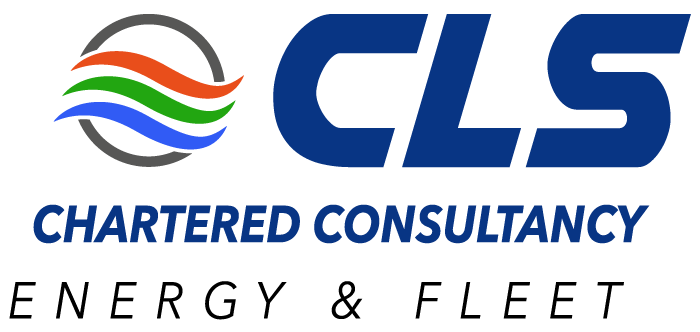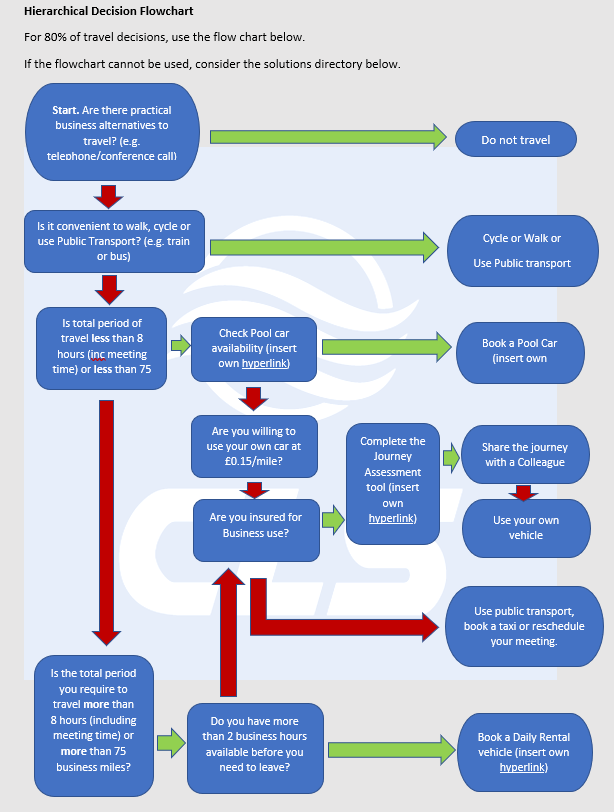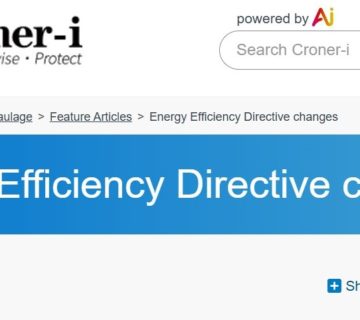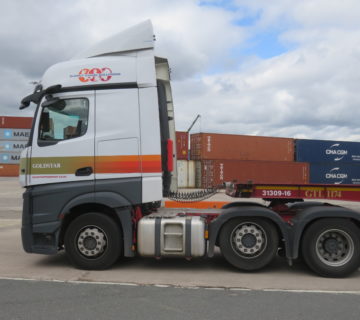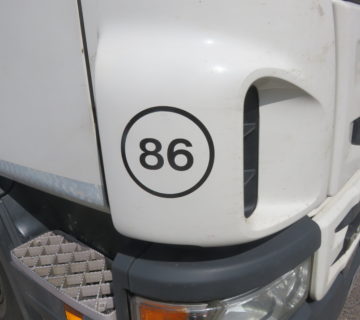According to the BVRLA in 2016, mileage reimbursement (aka Grey Fleet) mileage driven in the private sector was 11bn at a cost of £5bn, in the public sector, these figures were 1.5bn at an annual cost of £786mn.
In every organisation, change is a way of life. However, it is rarely embraced and the more commonplace it becomes, the more resistance that may be found to it. There are a whole range of reasons why employees may resent changes to the way they drive. Some of these are rational (i.e. loss of a viable revenue stream from mileage payments or lump sums), some less rational (i.e. expectation that they should, be paid more to drive less efficient or cars with larger engines or encouraged to travel more in order to meet essential user policies)
Value at stake (value of the prize)
In order to bridge some of the barriers, these issues need to be understood. To do this, some analysis needs to take place. It is important to establish and graph this to represent the potential for savings that can be made through addressing a move away from grey fleet.
First Principles
Does travel have to take place for business to progress? This is a fundamental question that should be asked and links to the Travel Hierarchy
What is the current cost
Whilst cost is important and will be the principle driver for several stakeholders, the more important questions relate to litres pumped and miles driven.
Data that does not include those parameters at the very least, are worthless. Current costs should be available for most organisations. However, in many sampled cases, the data is sporadic and lacks granularity. Whilst there may be an overall cost to fuel or pay mileage for a fleet, the actual costs by vehicle and by day are rarely available.
To establish the type of replacement fleet that can be enacted and establish the size and scale of any such fleet, the grey fleet situation needs to be understood. This should be carried out using telematics, loggers or manual driver logging. It should be carried out for a reasonable length of time, accounting for season and time of year (for example, avoiding Christmas and August holiday periods).
What are the fears?
These need to be listened to in consultation so that answers can be considered. The scheme should be produced to meet and address these issues where possible. The resultant scheme must be easier to operate than the current one.
What is the Time frame?
It is important not to rush the process. Granular data captured and analysed pre-role out is critical.
What are the contractual terms to overcome?
Organisations may have aspects of their travel policy linked to contracted terms and conditions. These must be assessed; all solutions should be considered.
What does acceptable look like?
Is the saving available for this fleet adequate for the potential pain involved in getting there? To understand and answer this, the organisation must be able to specify what an acceptable return on investment ROI or payback period looks like.
What warrants the term ‘success’?
This needs to be set out from the beginning and a business realisation process conducted after the event to prove this success. Benchmarking and baselining are important aspects to the monitoring process which prove and improve this process.
What are the drivers for change?
Principally these will be:
- Risk reduction
- Cost savings
- Environmental (CO2, NOx, particulates, air quality, climate change)
- Leadership
- Reputation
This is far from an exhaustive list.
Where are the Unions and staff representatives on this journey?
Arguably pivotal to the success or failure of the project
Who are the natural allies?
These need to be established in order to help with the communications process.
What needs to happen?
A Process Roadmap needs to be set up
Agreement on the basics:
All of the seemingly minor aspects, even down to car colour, have the potential to derail a project if not agreed up front.
What next?
If you are interested in addressing your fleet use, get in contact
